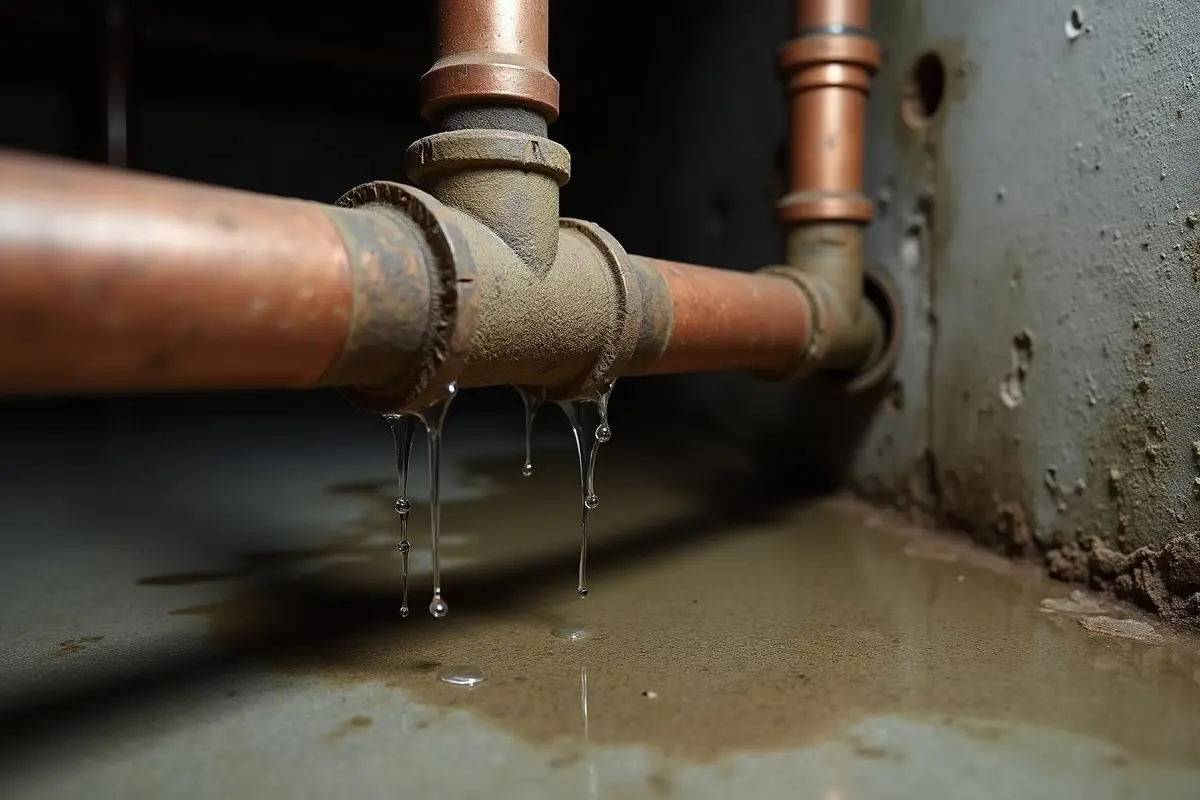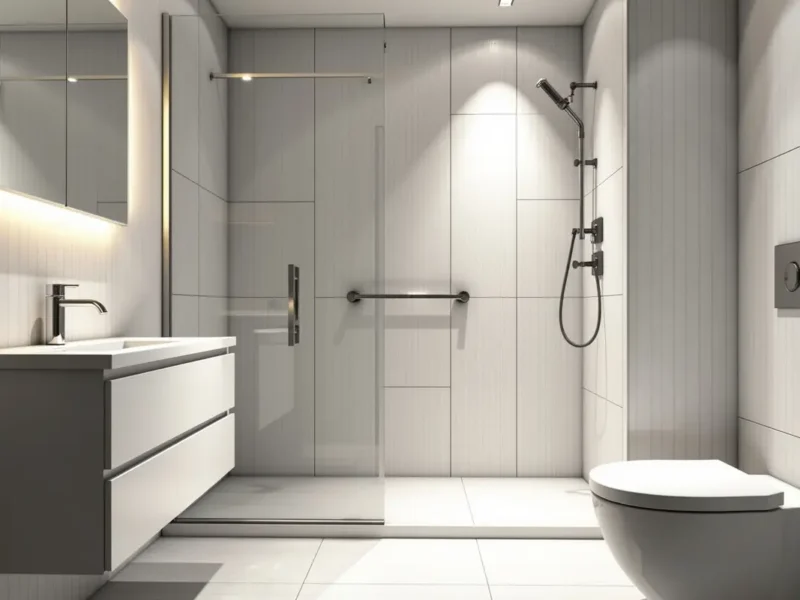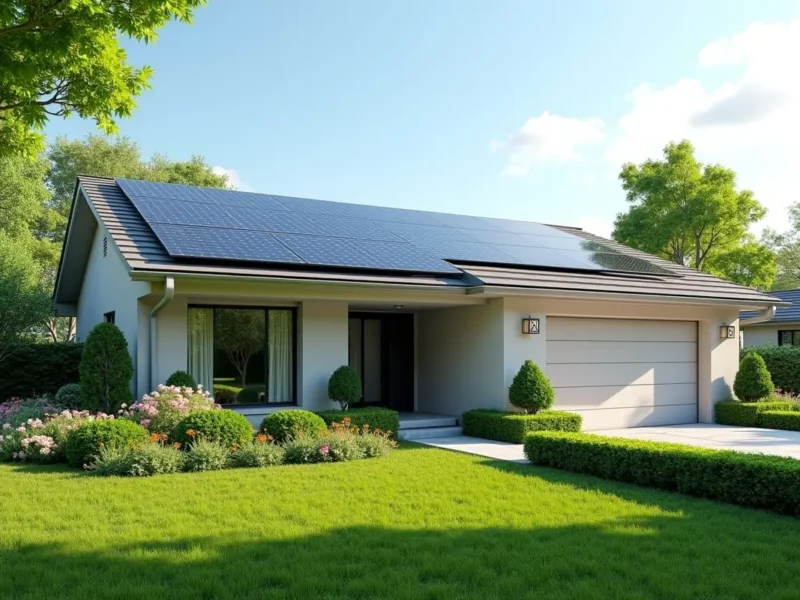Water damage from aging pipes is a common but often overlooked threat to homes, especially those with plumbing systems that haven’t been updated in decades. The consequences of ignored maintenance can range from subtle water leaks that cause structural decay to hazardous mold growth and sudden, expensive repairs. By recognizing signs of deterioration and taking proactive steps, homeowners can avert disaster and protect their investment.
One of the leading causes of widespread water damage is the gradual decline of plumbing materials, which is why working with professionals for solutions like Aquality Plumbing Poly B Repair is crucial for long-term peace of mind.
Even newer homeowners may not be immune if their property contains outdated pipe materials or hidden sections of aged plumbing. Preventive actions, such as scheduling routine plumbing evaluations and identifying the most vulnerable spots in your plumbing network, help you catch and fix minor issues before they escalate. Simple changes, like pipe insulation and water pressure monitoring, can extend the life of your plumbing and keep your home safe for years to come.
Contents
Understanding the Risks of Aging Pipes
Over time, materials such as galvanized steel and cast iron degrade, resulting in corrosion, mineral buildup, leaks, and even full pipe failure. Older pipes can cause water discoloration, reduced water pressure, and unsightly stains, while accelerating hidden decay in the house’s structural elements. Leaks may go undetected for months, sometimes only surfacing when severe damage has already occurred.
Plumbing systems installed before the 1970s are particularly susceptible, with many using materials that are no longer considered safe or durable. If you live in an older home, it’s essential to determine the age and material of your pipes and consult an experienced plumber about the best upgrade options. Many insurance policies also note increased risks—and possible exclusions—associated with aging plumbing infrastructure.
Regular Plumbing Inspections
The most effective way to avoid catastrophic water damage is through regular professional plumbing inspections. A comprehensive inspection can identify early warning signs such as discoloration, mineral scaling, dampness, and slow leaks before they become bigger problems. Industry experts recommend an inspection every 2 to 3 years for homes older than 25 years, or more frequently if you notice early warning signs or have had previous water issues.
During inspections, plumbers use specialized tools to identify hidden leaks, test water pressure, and assess pipe materials for corrosion or instability. Catching problems in their infancy not only extends the life of your plumbing but also helps homeowners save on water bills and avoid emergency repairs.
Monitoring Water Pressure
Excessive water pressure is a frequent, yet preventable, cause of stress and eventual failure in old pipes. While optimal home water pressure ranges from 40 to 60 psi, anything above this can promote leaks, joint failures, and premature aging in the plumbing system. Homeowners can purchase a basic pressure gauge at a local hardware store and check the pressure themselves; if consistently high, installing a pressure-reducing valve is advised.
Maintaining adequate water pressure not only extends the life of your pipes but also reduces wear and tear on connected appliances, such as dishwashers or washing machines. In areas with fluctuating municipal water supplies, periodic checks ensure you remain within safe operating limits year-round.
Proper Pipe Insulation
In colder regions, uninsulated pipes are at significant risk of freezing and bursting during winter. Frozen water expands, exerting immense pressure on pipe walls and joints, often causing fractures that can lead to flooding when the ice thaws.
To safeguard your property, insulate all pipes in unheated spaces, such as crawl spaces, attics, and exterior walls, with foam sleeves or fiberglass wrap. According to The Spruce, proper pipe insulation is one of the most effective ways to prevent costly winter water damage. This guide offers practical tips on selecting and installing insulation for water pipes.
For added protection, sealing gaps in the exterior building envelope and maintaining consistent indoor temperatures can also help. Proper insulation is a one-time investment with significant benefits, reducing both your risk of winter water damage and your monthly energy bills.
Replacing Outdated Pipes
When plumbing materials have reached the end of their lifespan, replacement may be the most effective solution. For those with certain types of problematic pipes—such as polybutylene or lead—replacement is vital for health, safety, and compliance with modern building codes.
Upgrading your plumbing is a worthy investment, not only increasing reliability but also adding value to your property and lowering insurance premiums. For whole-home pipe upgrades, schedule the work in stages to minimize disruptions and maintain water service throughout.
Emergency Preparedness
Despite your best efforts, emergencies can still happen. Every member of the household should know the location of the main water shut-off valve and understand how to turn it off in the event of a major leak or a burst pipe. Keep emergency contact information for professional plumbers readily available, and consider installing a basic water leak detection system to alert you to problems as soon as they occur.
Regularly review your emergency plan, ensure accessibility to shut-off tools, and stay aware of manufacturer recalls or maintenance advisories for your plumbing components. Quick action in a crisis can substantially reduce water damage and repair costs.
Conclusion
Preventing water damage from aging pipes involves a combination of awareness, timely maintenance, and investment in modern solutions. Consistent inspections, diligent pressure monitoring, sufficient insulation, and professional replacements can ensure your home’s plumbing remains reliable and safe for decades. By staying proactive, you not only protect your property and finances but also foster a healthier, more resilient living environment.



